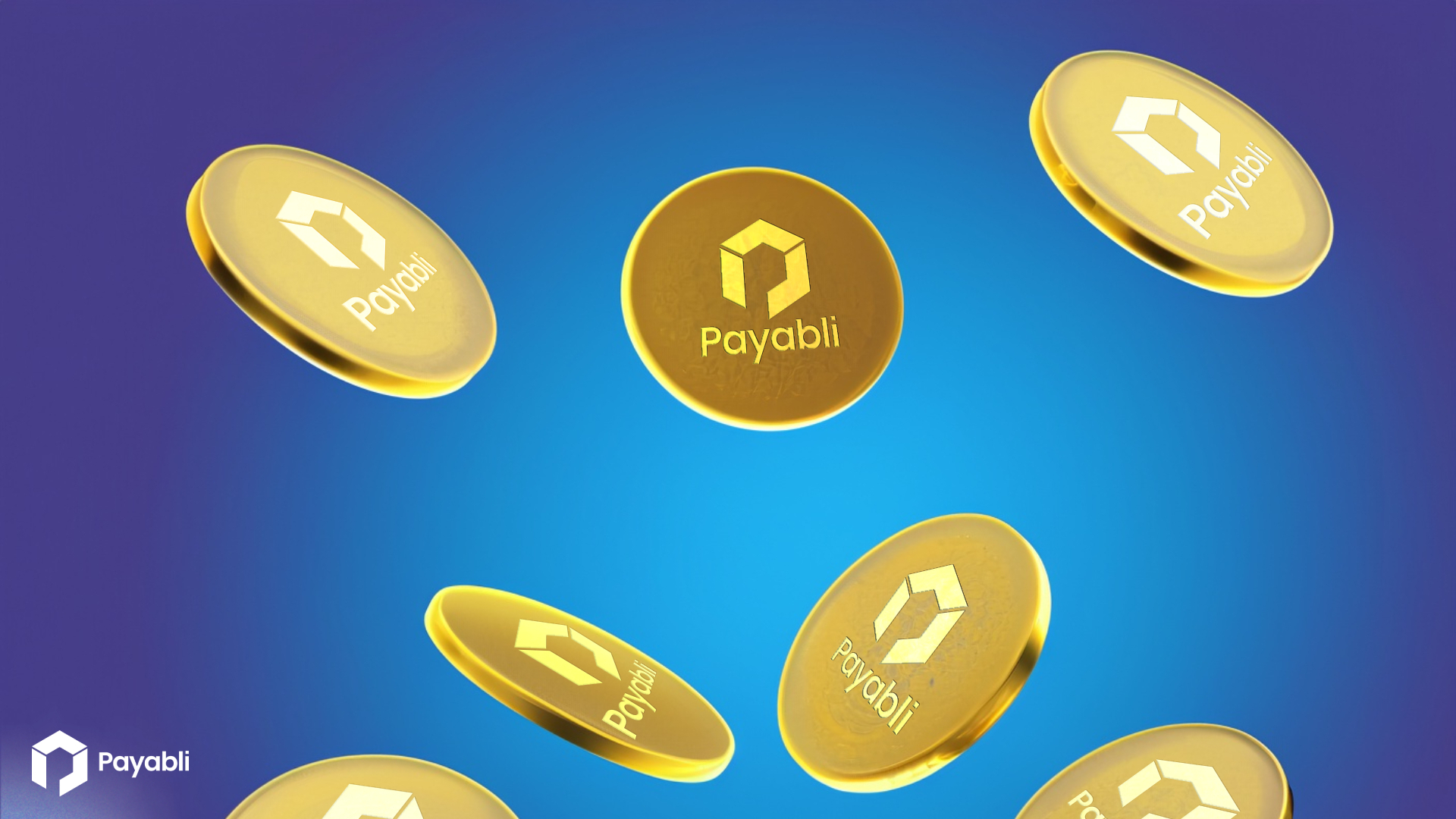
Introduction:
In the rapidly evolving world of online transactions, the need for robust data security measures cannot be overstated. One technology that’s been pivotal in safeguarding sensitive financial data is credit card tokenization. In this comprehensive guide, we explore three different types of credit card tokenization – standard, multi-use, and network tokenization. We’ll delve into their unique benefits, applications, and potential risks, and explain why they are critical in today’s digital economy.
Standard Credit Card Tokenization:
When it comes to secure online transactions, standard or single-use tokenization plays a significant role. Single-use tokens are unique to each transaction or merchant. With this method, every transaction generates a new token, thus minimizing the risk of credit card fraud. If a token is stolen or intercepted, it’s essentially useless for further transactions, greatly enhancing the security of online payments.
Multi-Use Tokenization:
Differing from standard tokenization, multi-use tokens are created for multiple transactions. A common feature in scenarios like recurring billing or frequent customer purchases, multi-use tokens provide convenience and efficiency. For example a Property Management Software’s whose customers are communities that may have multiple merchant IDs for different Use-Cases. Multi-Use tokens allow the residents of that community to have one card on file and use them across the different functions i.e. Paying rent, Paying for a special assessment, or paying to rent out the clubhouse for a party. While powerful for delivering better customer experiences, there is inherent risk with multi-use tokens because if one is compromised, all transactions associated with that token could potentially be at risk. This highlights the importance of stringent data security measures when dealing with multi-use tokens.
Network Tokenization:
Taking credit card security a step further is network tokenization. Programs like the Visa Network Tokenization Program offer tokens tied to the cardholder’s account and the specific device used for the transaction, enhancing security across different merchants. Network tokenization provides additional benefits, particularly for software companies.
Network tokens can easily be transferred if a company decides to switch payment processors. This feature eliminates the need to re-tokenize card data, saving time and resources. Additionally, network tokenization programs like Visa’s offer potential financial benefits, such as reduced processing fees, further incentivizing its adoption.
Network tokens also have the advantage of remaining secure even if the physical card is lost or stolen. The token can be instantly updated when card details change, ensuring uninterrupted online and mobile payment services.
Conclusion:
Grasping the concept of credit card tokenization is essential to building your payments strategy and can have wideranging implications on your business model. Fortunately, Payabli offers all three versions as part of our Payments Infrastructure offering and our team of Payments Experts are here to help you in understanding the gamut of tokenization options and how you can best leverage them to meet your Platform’s desired needs.
